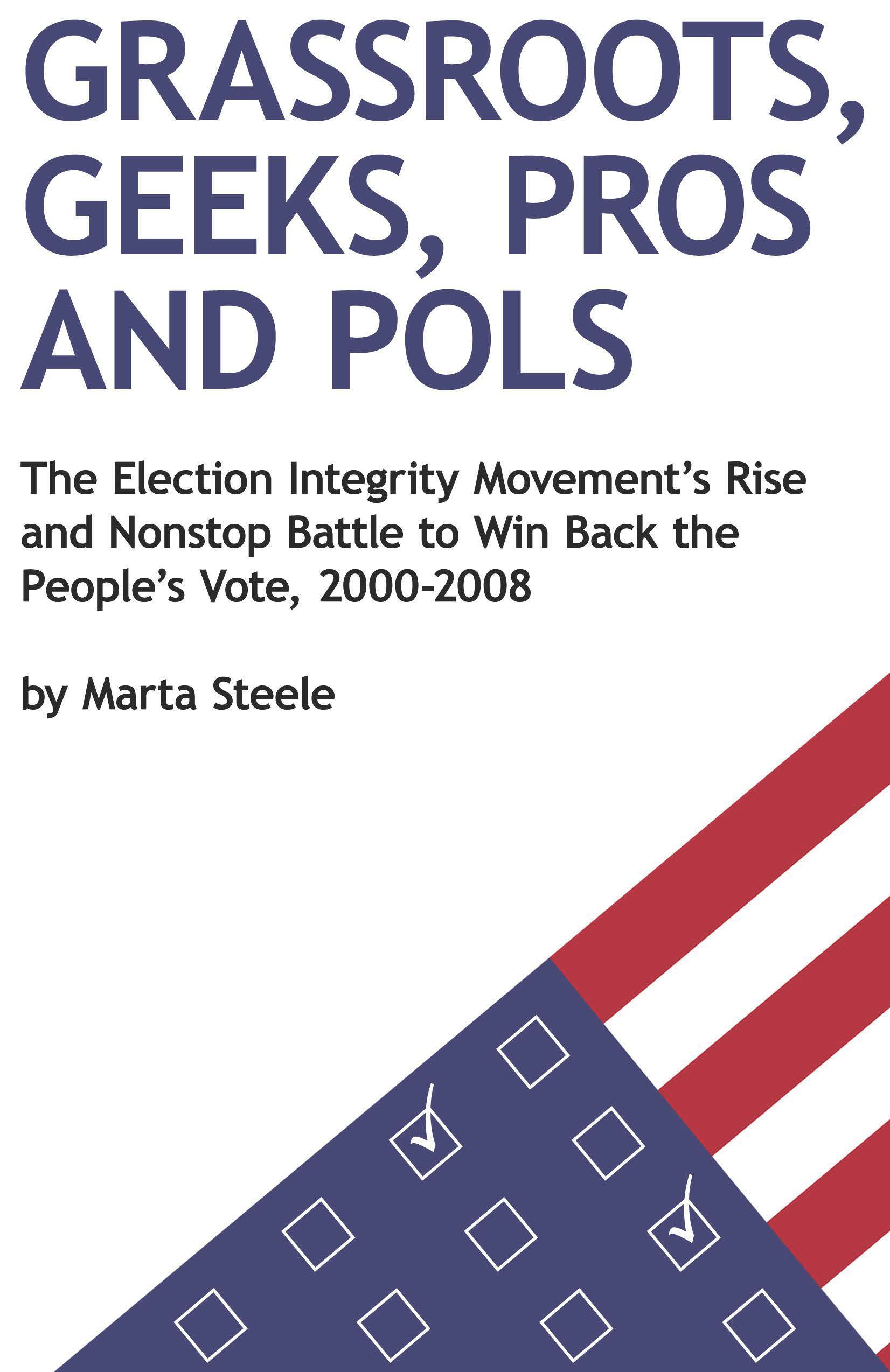18 October 2009: Arun Gandhi
Today in DC people of all faiths and backgrounds joined the Fifth Annual 9/11 Unity Walk; this year's theme was "Celebrating Our Faiths, Uniting to Serve," building on a movement assembled as a peaceful response to the tragedies of 9/11.
From the Washington Hebrew Congregation in Tenleytown to centers of a dozen faiths, the group marched along Embassy Row, stopping at Catholic, Buddhist, Sikh, and Islamic houses of worship. At each stop, they learned the fundamental traditions.
At the Islamic Center, the group was joined by Arun Gandhi, the fifth grandson of Mahatma Gandhi, participating in the walk for the third time.
The march culminated at the Indian Embassy, in front of which, on its own island, stands a bronze statue of Mahatma Gandhi--most significant in that the walk was inspired by Gandhi's walks.
Gandhi told the group assembled around the statue that he lived with his grandfather from ages twelve to fourteen. During those years, and throughout his childhood taught the principles of nonviolence by his two preceding generations, Arun received a profound legacy he shares with audiences around the world, traveling from his home in Rochester, New York. Twice a year he visits his homeland, India, where he was raised in Mumbai.
We were treated to many anecdotes. Gandhi said that he asked his grandfather why Hindus pray to God with prayers from so many different religions.
The answer was "To build unity and world peace, and respect for all the religions of the world.
Today there is killing in the name of God, he said. Why can't there be peace in the name of God instead?
Gandhi suggested that in the tradition of the dignitaries in the district, but open to all, the people, too, should hold bimonthly gatherings, interfaith services where all pray for peace--coming together in a neutral place, in the tradition of his grandfather, "to understand what God is and what faith needs to be."
When he was twelve, the charismatic descendent of one of the all-time greatest and most influential people in history told us that on the way home from school one day he tossed out a 3-inch pencil because it was too short to use and he assumed his grandfather would give him a new one.
That was not to be.
Instead, he told us, his grandfather peppered him with questions about the discarded pencil: why was it so small? for instance.
Then he gave him a flashlight and told him to retrieve the pencil even though it was night. It took young Arun two hours to find it. When he returned with it, the older Gandhi taught him two lessons.
First, Nature's resources are used to manufacture the pencil. Therefore, discarding the pencil violated Nature.
(Note: You can view every article as one long page if you sign up as an Advocate Member, or higher).






